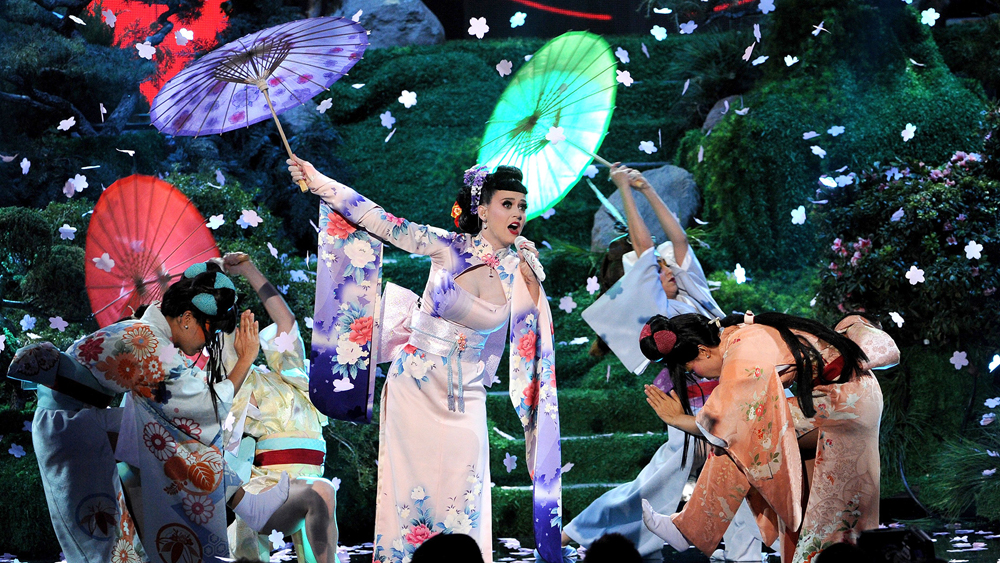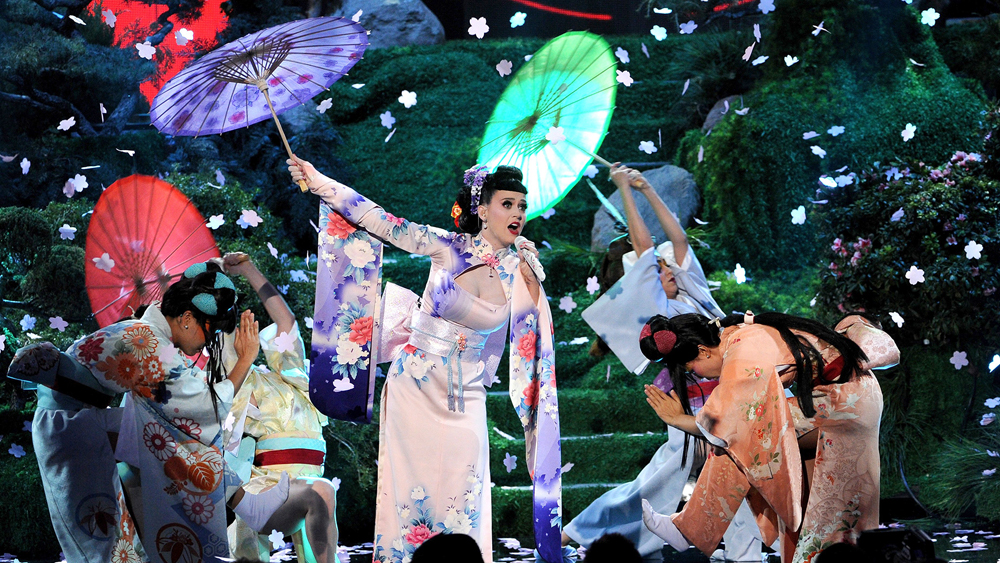OPINION
By Kara Quek & Emelia Kwa, SMU School of Law and The Blue and Gold SMU
“I am hopeful that the concept of “cultural appropriation” is a passing fad.”
With those harmless-seeming words, author Lionel Shriver (of the We Need to Talk About Kevin fame) whipped the world into a frenzy last week. Scathing commentaries from people of colour (POCs) flooded the Internet, bringing the hot-button issue of cultural appropriation into the spotlight once again.

Lionel Shriver delivering her keynote address (Source: The Guardian / Daniel Seed)
Living in multicultural Singapore, it is perhaps a little foreign to hear the words “cultural appropriation” roll off the tongue. But undeniably, the anti-cultural appropriation movement has gained global traction, primarily through the callout culture perpetuated by the legion of social justice warriors online.
(“Is that a kimono she’s wearing?”
“Gross, oh my god, she’s totally appropriating Japanese culture!”
*Cue two Caucasian girls gasping in horror, while the Japanese continue to excitedly welcome tourists to try on their traditional costumes*)
Okay, I exaggerate. Cultural appropriation—that is, when people try to emulate a different culture (typically of a minority) without affording it the proper respect—is a problem, especially where that minority group is normally mocked for exhibiting those same cultural characteristics. An example would be dreadlocks—while naturally occurring in people of African descent due to the genetic characteristics, they have often been discriminated against in the US because of their hair. BUT, dreadlocks continues to be appropriated as a fashion accessory and trend for the majority. It is this hypocrisy that causes instances of cultural appropriation to induce such outrage.
Going back to Shriver’s talk—at no point did she condone such appropriation of others’ culture, but what she instead encouraged, was the nuanced, sensitive telling of minority stories by the majority. (Perhaps if her detractors had stayed long enough to listen to her whole talk, they might have better understood this message.)
The key to tackling this is research and sensitivity: when writers take the pains to understand the cultures of their narrators, they are better able to represent them accurately as well as respectfully. For example, Katy Perry’s infamous geisha performance received a huge backlash despite claiming to be paying homage to Japanese culture. In actual fact, what Katy’s performance really was, was the incorporation of different aspects of various Asian cultures (Korean, Chinese, and Japanese) into a hybrid of what the majority thought represented Japanese culture.
Now consider a writer who goes beyond the stereotypes of paper fans, kimonos, ninjas, and reveals, perhaps, the vibrancy of Japanese streets and cities or the repressed nature of the lolita subculture. This latter type of narrative provides a more insightful perspective of what Japan is like, and may help increase understanding between different groups.

Katy Perry’s “geisha” performance (Source: Today / Kevin Winter)
As such, there is absolutely nothing wrong with the celebration of other cultures than your own – so long as you don’t infringe on cultural boundaries and cherry-pick aspects of the culture that you like and wish to represent.
More importantly, Shriver recognised the importance of the majority acting as allies to the minority. The former can leverage on their privilege by drawing attention to the stories of the minority, and hopefully, encourage more receptivity to the voices of the minority. As she pointed out, if an individual were only allowed to write about their own culture and experiences, we would have very limited genres of books to indulge in; we wouldn’t have many stories from the perspectives of the disabled, the mentally challenged, the prejudiced…most of which were written by authors who belonged to the majority but took the pains to understand the perspectives of their narrators, and interwove some authenticity into their works.
Another point Shriver alludes to is the hypersensitivity of the new-age reader. In her newest book, The Mandibles, Shriver casts a mentally-unsound African-American woman as the wife of the patriarch in that fictional family. Though the mental illness of the character was meant to play off as a sort of poetic irony (in contrast to the ex-wife, who ends up running a charity researching into dementia), readers soon began to lynch Shriver for specifically singling out the minority character for the infliction of a mental illness.
This begs the question of whether we, as readers, might be reading too much into the text without keeping in mind the author’s original intentions.
If we were to take a stab at an exercise in interpretation using our chosen text: C. S. Lewis’ The Chronicles of Narnia: The Lion, The Witch and The Wardrobe, one could argue that Lewis was writing a treatise on the fur trade and the horrors it conveys. Just going on the illustration of Lucy’s struggle as she waded past the fur coats to get to Narnia is reflective of the struggle of the animals whose lives were sacrificed to line the coats. The coats are also a reminder of the animals’ deaths, which literally shroud their owners when worn…right?

Lucy enters the wardrobe into Narnia (Source: Radikal)
Yep, that’s how ridiculous people sound when they read whatever they want to see in a piece of work, and when they gather minor pieces of evidence to justify their claims.
Everything boils down to two things: accurate representation, and accurate reading. Just as how the world raised an outcry when a poem by a white man was admitted under a Chinese pseudonym into a renowned American poetry anthology, there should similarly be resistance to dismissing a story set in, say, the deeper recesses of Mongolia if the author in her photo and description is obviously not Mongolian.
Ultimately, the role of authors is limited—they just tell stories: accurate, compelling ones. Deciding whose stories get out into the public space is up to the publishing firms, the bookstores, and the readers themselves who create a demand for certain narratives. While it is problematic if majorities get to tell minority stories while minorities are denied the same chance, this should not prevent the majority from writing. The more sensible solution would be for publishers, sellers, and readers to embrace both types of stories with equally open arms.
“Tell them stories. They need the truth. You must tell them true stories, and everything will be well, just tell them stories.” – Phillip Pullman, The Amber Spyglass
This article was originally published on The Blue and Gold.
To learn more about SMU’s Undergraduate Admissions, visit admissions.smu.edu.sg.











